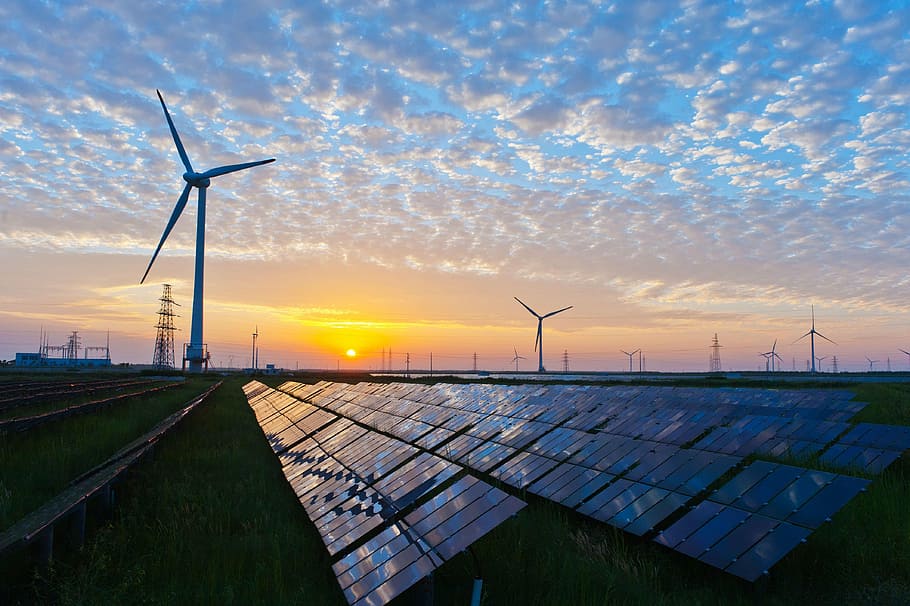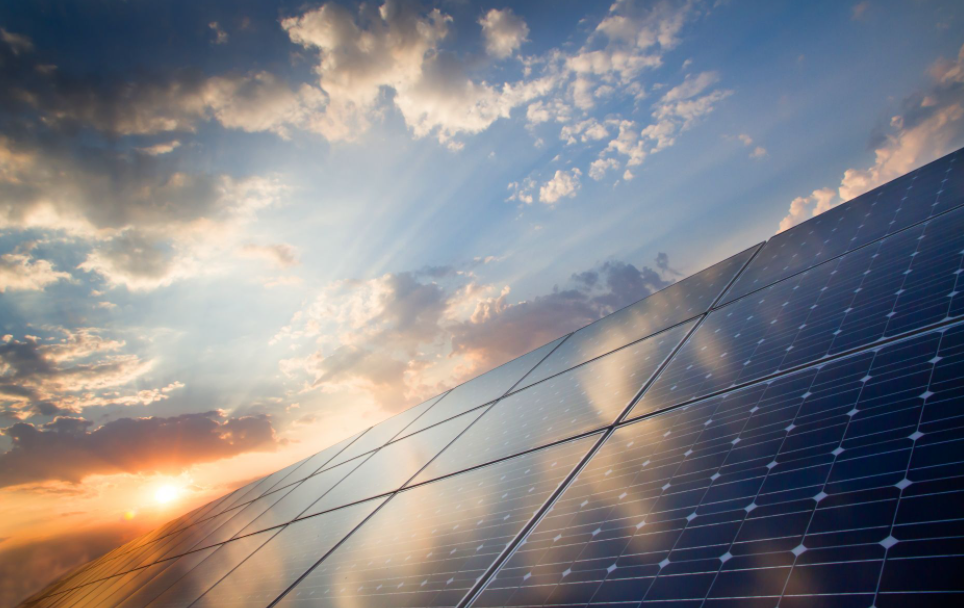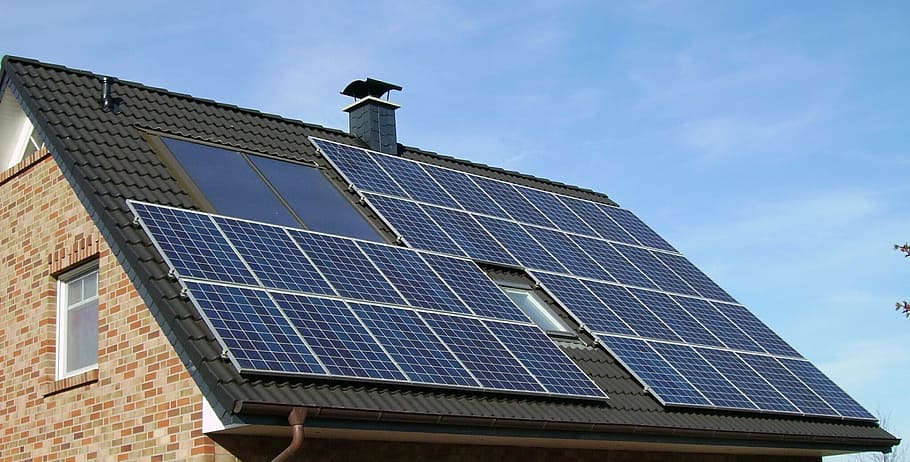Oxford PV is lauding a new record with its perovskite solar cell, which is able to convert 29.5% of solar energy into electricity.
This has been certified by the National Renewable Energy Laboratory located in Colorado, US, according to the company, and is in comparison to the average conversion rate of silicon cells of between 15% and 20% and a practical maximum conversion rate of around 26%.
The company’s silicon solar cells are coated with a thin film of perovskite to better utilise photons across the solar spectrum. According to Oxford PV, perovskite is affordable, sustainable and has the potential to replace silicon entirely, with 35g of perovskite generating the same amount of power as seven tons of silicon.
Oxford PV will be the first company to sell the next generation solar cells to the public from 2022.
Dr Chris Case, chief technology officer at Oxford PV, said the company’s solar cells and modules “not only demonstrate record efficiency” but have also passed externally measured reliability tests from the International Electrotechnical Commission.
“The considerable progress we have made is thanks to our dedicated and skilled scientists and engineers in the UK and a validation of the entire global perovskite research community who have been contributing to making perovskite successful.”
In 2018, Oxford PV unveiled a £5 million five year research programmeinto perovskites aiming to achieve an efficiency of 37%, having reached an efficiency of 27.3% that year.
It raised £31 million in a Series D funding round in 2019 to help commercialise the perovskite technology, and secured £34 million several months later for a 200MW heterojunction solar cell line that was intended to start producing perovskite from 2020.
Frank P. Averdung, chief executive officer at Oxford PV, said: “We are currently at a global tipping point – climate change is dramatically worsening and the need to use alternative forms of energy has never been greater. Our solar cells are critical in accelerating the adoption rate of solar and tackling the ever-worsening issue of climate change.”







